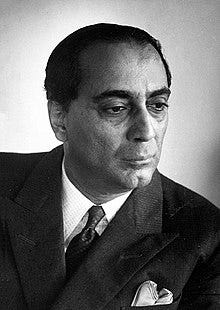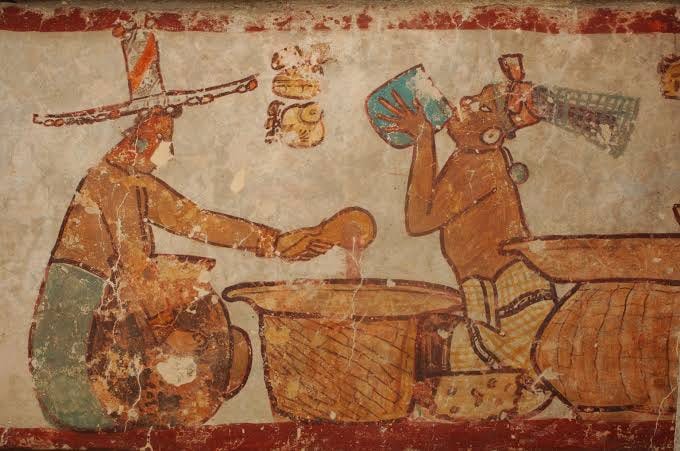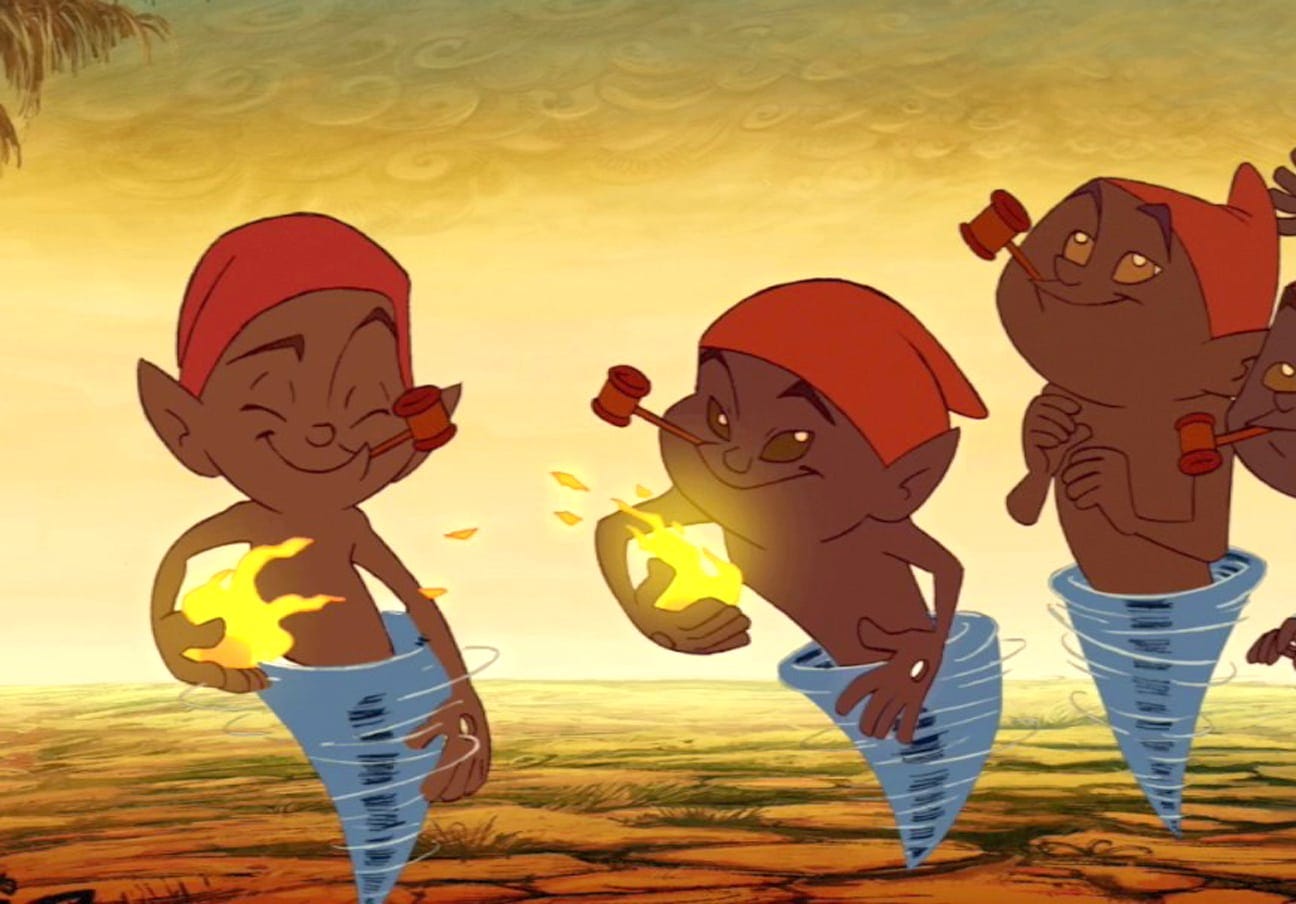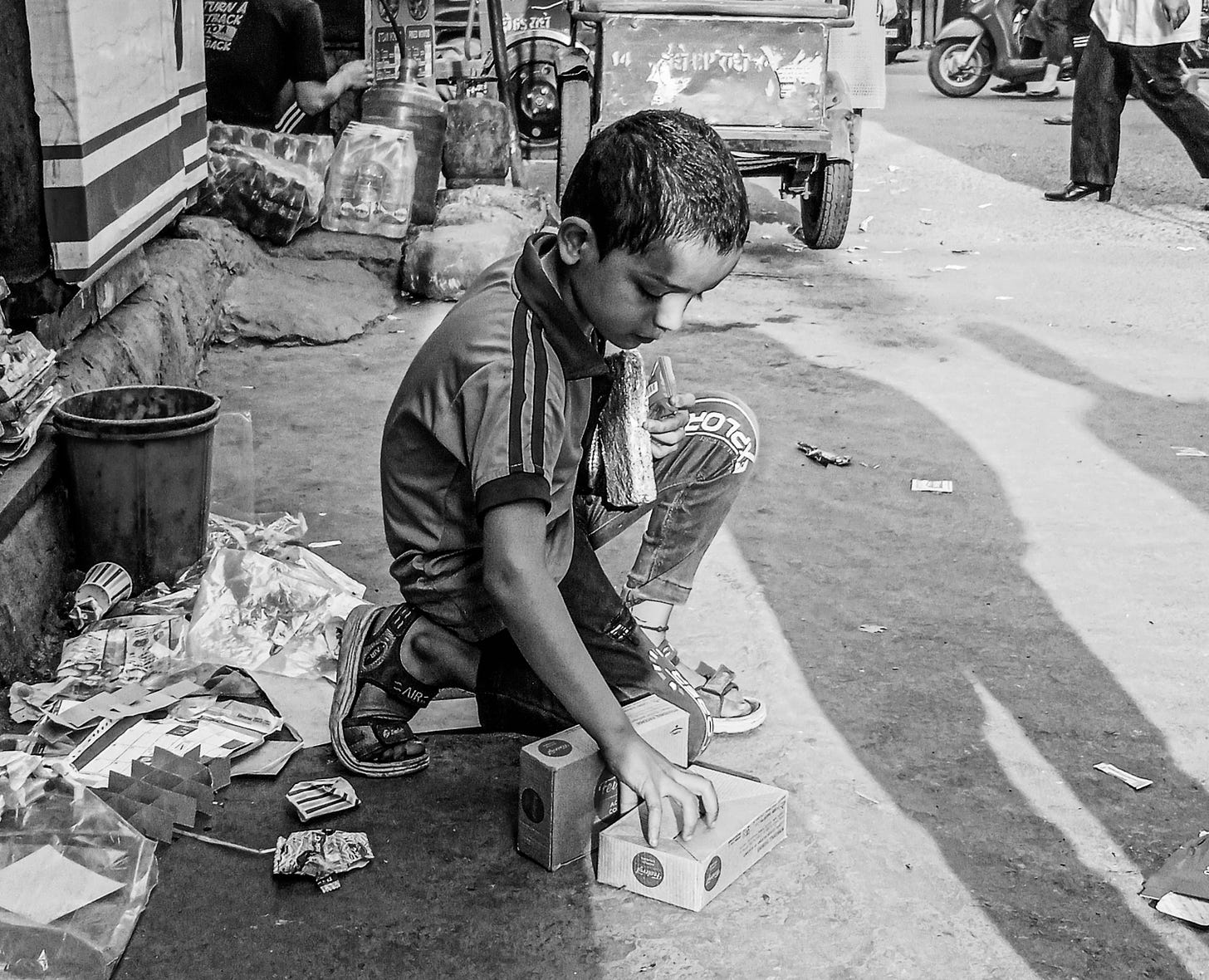A newsletter recommending good examples of storytelling across:
3 Trivia
2 Fun Facts, and
1 Photograph.
Let's dive in…
Trivia’s:
1. Culture:
This unique tradition, celebrated in parts of China, South Korea, and Vietnam, is linked to a 3rd-century BCE legend about loyalty and sacrifice. Originating in the Mianshan mountain region of Shanxi Province, it honors a servant who selflessly fed his exiled prince by cutting flesh from his own leg.
When the prince later became king, he accidentally caused the servant’s death while trying to reward him. Overcome with remorse, he decreed that no fires should be lit on the anniversary of the servant’s death, giving rise to a custom during Hanshi Festival festival.
What practice is central to this festival?
2. Entertainment and Literature:
This story of intertwined lives forms the basis of a 1958 novel by an Indian author, which was later adapted into a 1965 bilingual film that became a cult classic in Indian cinema. The film, produced by Dev Anand, featured a memorable collaboration with Waheeda Rehman. Interestingly, a U.S. version of the film was released but performed poorly, despite being scripted by Pearl S. Buck. However, the Indian version's enduring acclaim led to its screening at the Cannes Film Festival in 2007.
Name the novel and its author.
3. Business:
Founded in 1897, owes its origins to the innovative response of one of them to a newspaper article about rising crime rates in Bombay. Inspired by this, the company’s journey began with the creation of locks. Over the years, it expanded into a variety of sectors, including consumer goods, furniture, and agriculture.
The family behind this company has also preserved a 1,750-acre mangrove swamp, making them notable for their environmental contributions and earning them a place in Forbes' list of green billionaires.
Further, they are connected to Homi J. Bhabha, as they acquired his bungalow, Mehrangir, in an auction. The company operates under multiple brands, including industries, agrovet, consumer products, properties, interio, and a holding company known as "& Boyce."
Who is this pioneering Indian company?
Fun Facts:
Did you know? The history of chocolate stretches back over 3,500 years! It all started with the ancient Olmecs of southern Mexico, who used cacao to make ceremonial drinks. Later, the Maya turned it into a frothy treat enjoyed at every meal, often spiced with chili peppers. The Aztecs, on the other hand, treated cacao as a divine gift from their gods—so much so that cacao beans were even used as currency, more valuable than gold! When chocolate arrived in Europe, it evolved from a bitter drink into the sweet, rich treat we love today, thanks to the addition of sugar and spices. And fun fact: Montezuma II, the Aztec emperor, was such a fan of chocolate that he reportedly drank gallons of it daily!
Know more
Do you know? To counter the growing influence of Halloween in Brazil, the country established Saci Day (Dia do Saci) on October 31st. This playful holiday celebrates the mischievous one-legged trickster from Brazilian folklore, Saci-pererê, who is often depicted with a red cap, smoking a pipe, and causing lighthearted chaos. Officially recognized in São Paulo and other municipalities, Saci Day highlights Brazil's rich cultural heritage and folklore, offering a uniquely Brazilian alternative to the American holiday.
How can I improve your reading experience? Feel free to send me any feedback or suggestions at this email. You’re also welcome to share your experience and connect with me here!
Email- triviatales.in@gmail.com
Photograph of the Day:
The Little Friend:
I met Chotu by chance at a momo shop on a regular evening that turned out to be anything but ordinary. As I sat savoring my plate of momos, Chotu approached me, his innocent eyes brimming with both curiosity and hunger.
"Didi, subah se kuch nahi khaya hai," he, I asked him what he’d like to eat, but he remained quiet. So, I suggested, “Momos khate hai?” His face lit up with a smile, and we shared that modest meal together.
During our conversation, I learned the reason behind his empty stomach. He hadn’t eaten all day because he hadn’t worked that day—his work being the collection of discarded paper boxes to sell for a few coins. At just 6 or 7 years old, Chotu was burdened by responsibilities far beyond his years.
And again with the sun set, I couldn’t help but reflect on the unfairness of life. This moment made me ponder: How often do we take our privileges for granted? Chotu taught me that kindness costs nothing but can mean everything. He reminded me of the beauty in sharing, in being present for someone, even if just for a meal.
Perhaps the world is like a momo shop—some come to savor, some to serve, and some, like Chotu, to seek. And yet, it’s in these moments of shared humanity that we find the flavors of life truly worth cherishing.
In case if you have missed my previous newsletters here are the links to them…
give it a click
Answers:
The practice central to this festival is eating cold food.
Novel: The Guide Author: R.K. Narayan







